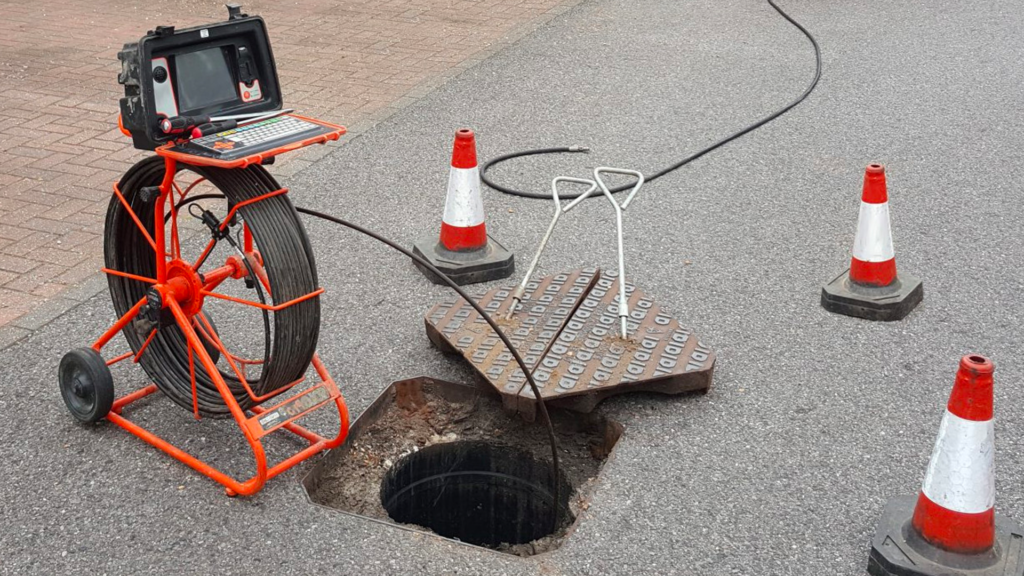The 10-Second Trick For Reclaim Waste
The 10-Second Trick For Reclaim Waste
Blog Article
Some Of Reclaim Waste
Table of ContentsA Biased View of Reclaim Waste4 Easy Facts About Reclaim Waste ExplainedThe 4-Minute Rule for Reclaim WasteEverything about Reclaim WasteMore About Reclaim Waste
Residential sewage waste refers to the waste and products from a household septic storage tank. The appropriate administration and disposal of residential sewage waste call for fluid waste to be transferred to a sewage treatment plant where the appropriate techniques and equipment are applied to purify and dispose of waste.
Commercial waste often includes possible dangers, such as flammable products or a combination of fluid and strong waste items, and requires an advanced and comprehensive disposal procedure. The disposal of commercial waste typically involves the filtering of waste prior to transportation to make certain secure and proper disposal. Hazardous waste is produced from by-products and drainage of industrial procedures and production.
This sort of waste can not make use of the exact same sewer management transport or processes as septic or industrial liquids. The commercial waste administration procedure requires the inspection and testing of fluid waste prior to it undergoes the disposal process (industrial wastewater treatment). Runoff waste is the liquid waste that originates from drainage and excess stormwater in highly booming locations or cities
Drainage waste can cause contamination and flooding otherwise taken care of effectively. Discover more regarding drain cleaning and waste administration. Making sure correct waste management can avoid catastrophes and lower ecological damage. Both individuals in property settings and professionals in business or manufacturing markets can take advantage of understanding the procedures and policies of fluid waste administration.
What Does Reclaim Waste Do?
Get in touch with PROS Solutions today to learn more about our waste administration and disposal services and the correct methods to look after the fluid waste you create.
(https://reclaimwaste1.bandcamp.com/album/reclaim-waste)Do you know what happens to your water when you disengage, flush the commode or drain the cleaning equipment? No? Well, it's worth knowing. This so-called 'wastewater' is not just an important source but, after therapy, will certainly be launched to our land, waterways or the sea. Used water from bathrooms, showers, bathrooms, kitchen sinks, washings and commercial processes is referred to as wastewater.

water utilized to cool down equipment or tidy plant and devices). Stormwater, a form of wastewater, is drainage that flows from agricultural and city locations such as roofing systems, parks, yards, roadways, paths and rain gutters right into stormwater drains, after rainfall. Stormwater flows without treatment directly to local creeks or rivers, eventually getting to the sea.
The Only Guide to Reclaim Waste
In Queensland, many wastewater is treated at sewage treatment plants. Wastewater is transferred from residential or commercial sites via a system of sewage systems and pump stations, called sewage reticulation, to a sewer treatment plant. City governments build, preserve and operate most sewage therapy plants. Operators are licensed under the Environmental Management Act 1994 to discharge treated wastewater at an appropriate ecological standard into waterways.
The Division of Natural Resources suggests neighborhood governments concerning handling, operating and keeping sewerage systems and treatment plants. In unsewered areas, regional governments may need householders to set up specific or home sewage therapy systems to treat domestic wastewater from toilets, cooking areas, shower rooms and washings. The Department of Natural Resources authorises making use of family systems when they are confirmed to be efficient.
In some new neighborhoods, treatment of some stormwater to eliminate trash, sand and gravel has actually begun using gross pollutant catches. Wastewater therapy happens in 4 phases: Gets rid of solid matter.
Wastewater after that streams into large storage tanks where solids settle and are removed as sludge. Grease and scum are skimmed from the surface area. Uses tiny living microorganisms called micro-organisms to damage down and eliminate remaining dissolved wastes and great particles. Micro-organisms and wastes are integrated in the sludge. Gets rid of nitrogen and phosphorus nutrients that might trigger algal blooms in our waterways and endanger water life.
Facts About Reclaim Waste Revealed
Nutrient elimination is not readily available in any way sewage treatment plants due to the top article fact that it requires costly specialised tools. It is ending up being extra usual in Queensland. Clear liquid effluent created after therapy might still have disease-causing micro-organisms. If this effluent is released right into waterways such as rivers or the sea, the micro-organisms will ultimately die out.

Most wastewater streams right into the sewerage system. Under the Act, neighborhood governments administer authorizations and permits for ecologically relevant activities (Periods) involving wastewater launches that may have a neighborhood effect.
The smart Trick of Reclaim Waste That Nobody is Discussing
Surveillance provides valid information about water top quality and can confirm that permit problems are being met. The information gotten via monitoring offers the basis for making water top quality decisions.
Report this page